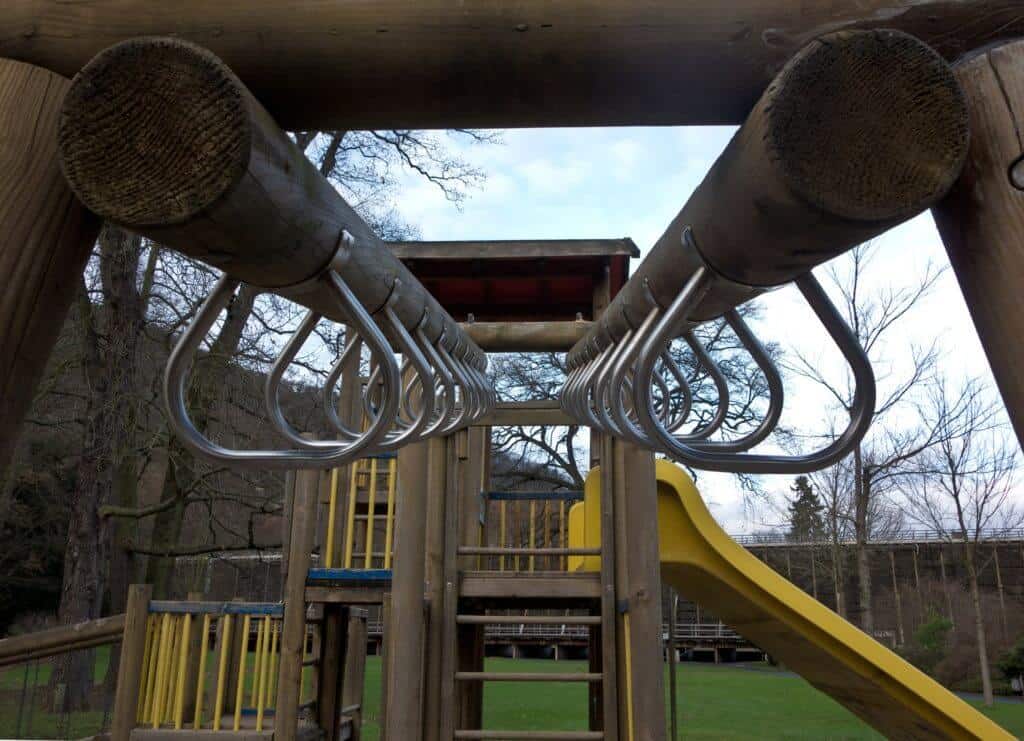
PE professionals, congratulations you made it through another school year! The summer vacation is here and a well-deserved rest is on the cards.
However, while your work in the gymnasium may be over for now, every PE expert knows that an inactive summer holiday could erode a child’s fitness and set them back for the new school year. A recent report by ukactive found that British school children lose 80% of their fitness levels over the course of the summer holiday. The study, conducted by ukactive and Premier Sport, tested over 400 schoolchildren in 14 UK schools over a 13-month period, both before and after the school holidays. Children were able to run 740 metres in July, before the summer holidays, but when they returned to school at the start of the new term they could run only 605 metres. They also found that the children’s BMIs had increased from an average of 17.64 in Spring to 18.26 in September, although this change may have occurred due to an increase in height.
While the data comes from the UK, the problem is universal. These results confirm our fear that young people are becoming less and less active in their own time. This is not new information by any means, sports participation has been falling for a number of years and as physical educators, it is our moral responsibility to promote physical activity outside of school hours. If children do not participate with sports and activity out of school, then they will never develop the skills required to become physically literate as adults. Children who learn to develop their physical literacy from a young age have an increased chance of leading a longer and healthier life by developing a love of sports and exercise that will continue into adulthood.
Physical education and physical literacy go hand in hand. A child who excels in physical education is confident with a range of movements and activities throughout every aspect of their lives. Pupils who excel at sports in school thrive with a number of activities thrown at them outside of PE lessons. However, it isn’t the students who excel in sports and activity that we need to focus on. Sporty students will be the ones who develop physical literacy and maintain an active life because they enjoy it. Individuals who dislike PE and wouldn’t dream of playing sport in their own time are the ones that need help. Research by University College London found that an inactive childhood usually leads to an inactive adulthood, which means we need to do more to boost activity during this time frame to lay the foundations of an active future. By allowing students to eliminate activity from their lives, for even a short period of time, we are ultimately demonstrating that being active is not imperative.
Introducing PE homework
Improving PE lessons and measuring progress are some of the ways that we can fight inactivity and encourage a physical literate generation. However, there are times when we aren’t able to directly help students, including vacations and after school time. Introducing PE homework will act as a bridge to uphold fitness when teachers aren’t there, it will also promote the development of fundamental movement skills that could be missed in this time.
Fundamental movement skills aren’t learned through free play, they required specific practise and instruction which is difficult to be achieved during PE lessons alone, considering the short space of time allocated to PE every week. According to the Department of Education, Victoria, it takes approximately 240-600 minutes of instruction time to master one single fundamental movement skill. With this in mind, teachers should be helping pupils to maximise their spare time to enhance the development of these skills and not let the window of opportunity go to waste.
PE homework specifics
Although it doesn’t need to be completed every day, PE homework should occupy 3-5 days a week to be effective and encourage an active lifestyle. Activities should last around 5-15 minutes and should be age and ability appropriate for every child. The content should be easy to understand and accessible, for example using short and clear video tutorials to illustrate what moves to complete. You can either film these yourself or use online resources. There should also be an element of accountability, so you know that the students are completing the tasks, although the proof will be in the pudding once the new term rolls around. Engaging with parents about the best ways to encourage children is highly recommended, as after all they will be the ones who are guiding the children through the homework so it is essential to get them involved.
There are a number of ways that you can go about setting PE homework which all depend on your individual teaching style. Whichever way you choose to go about it, make sure that your pupils understand the value of activity in order to secure the greatest chance of an active adulthood.
References
- https://www.bbc.co.uk/news/education-31876338
- https://www.ukactive.com/research/inactivity-time-bomb-caused-by-inactive-summer-holidays-new-research-suggests/
This post was contributed by Tania Swift, a child development specialist at Amaven, who create personalised exercise plans and fitness software for schools around the world, to accelerate the development of every child.


[…] Introducing PE homework to promote physical literacy out of school […]